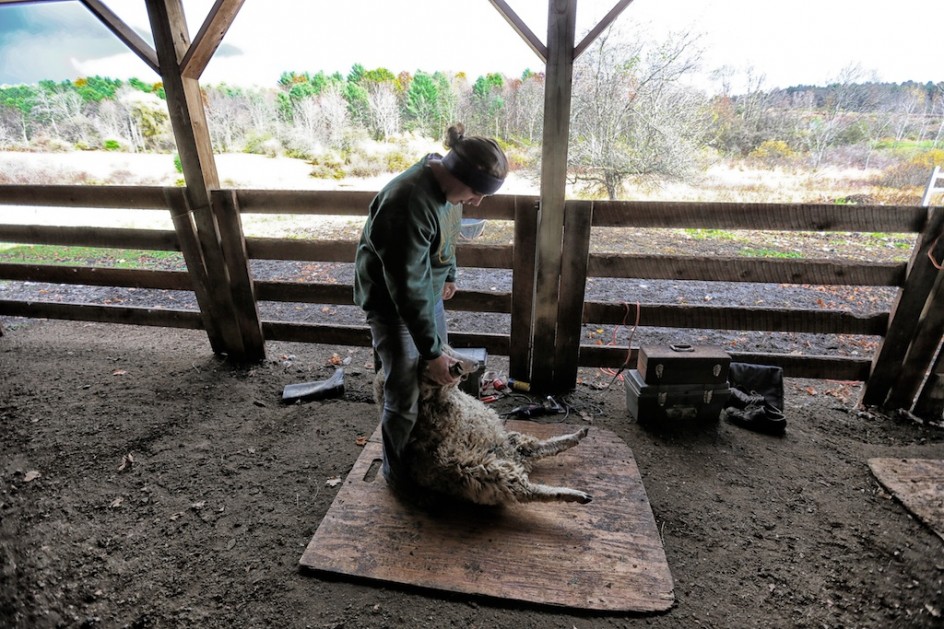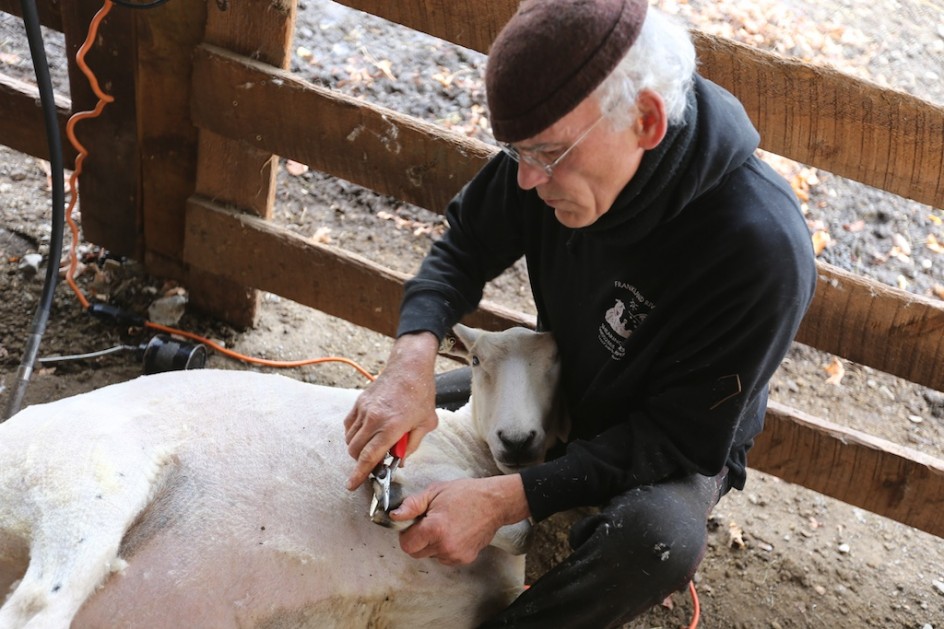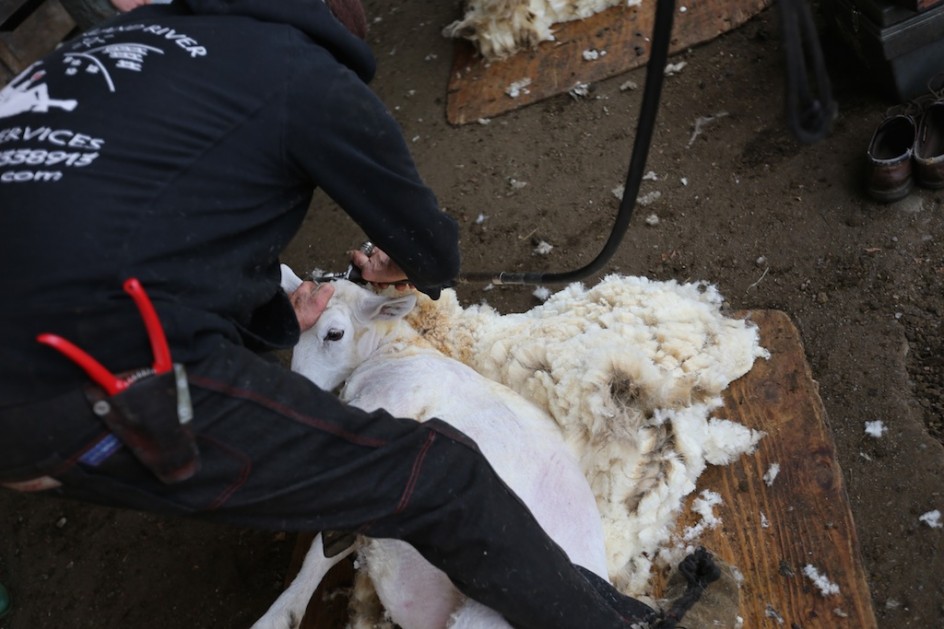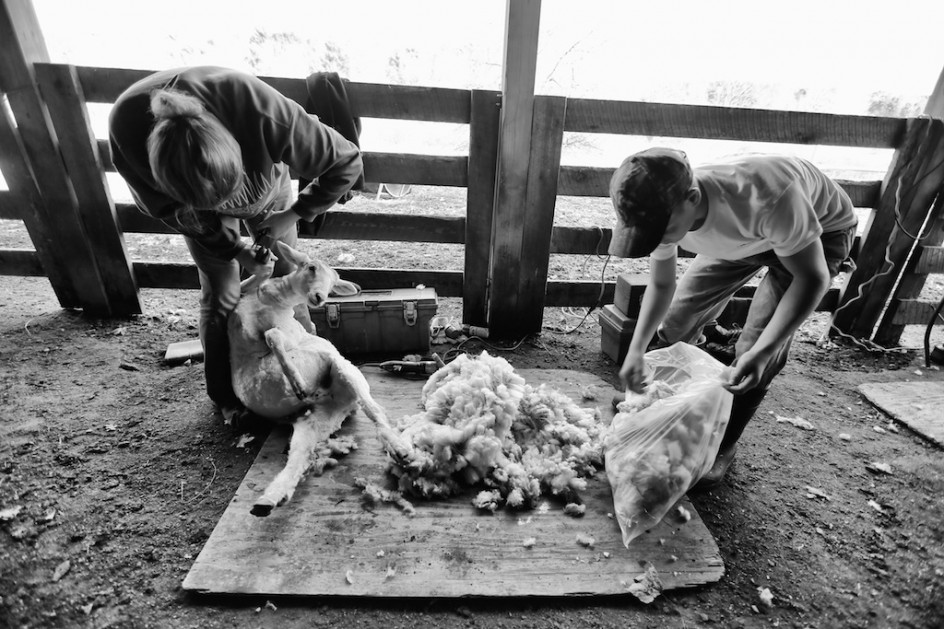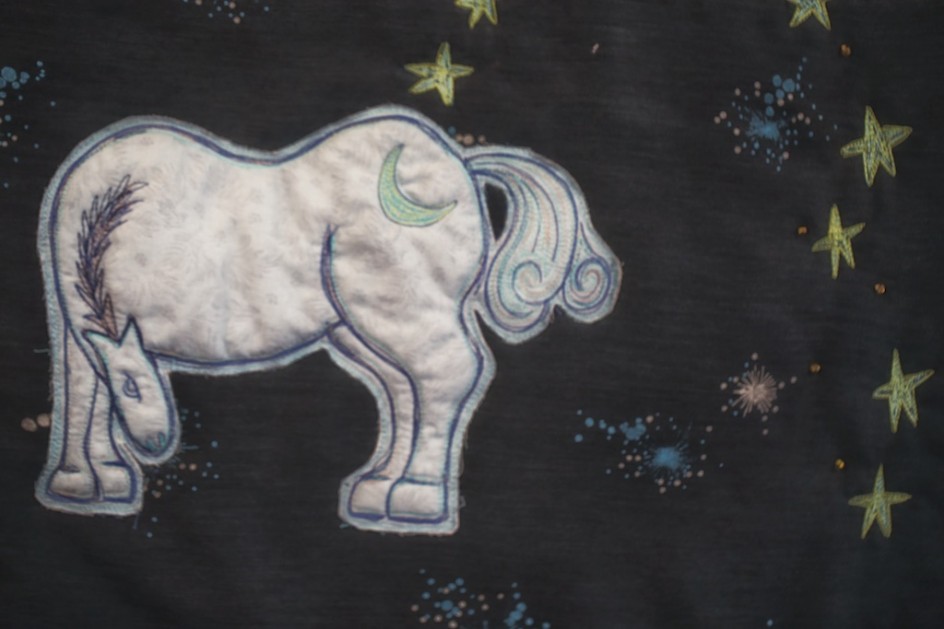
The carriage horses came to me in the night, they invited me to a Dance Of The Horses, a dance of time, a celebration held deep in Central Park, the great park, in the dark in the middle of the night. The big grey horse, the leader of the horses, cast a spell around the beautiful fountain where the dance would be held.
People who loved and believed in the horses and their magic, who bowed to the great connection between horses and people could see the horses, people who did not could not, they would be blind to the dance, left to lives of anger and disillusionment.
I was asked to attend, but not given any time to answer, it seemed I had accepted without saying so, I found myself riding through time and space on the broad backs of a beautiful gray horse, he seemed to take me through the black and cloudy night all the way up to the stars and then sail straight to down, I thought I might be frightened all the way up there, riding on so big and powerful a horse, but I was not.
I thought I would be cold, but I was not.
I thought I would be lonely, but was not.
I thought I would miss my farm, but did not, the donkeys brayed to me as I sailed out of sight, they wished me a good journey.
I saw the horses dancing long before we came to the ground, the fountain was brilliantly lit in all of the colors of the rainbow, the water soaring up and splashing down in beautiful harmony, the birds in the trees singing along, a magical synchronization. Around the fountain the big horses danced and danced, their hooves clip-clopping on the ground, an eerie and mystical drumbeat, their snorts and neighs carrying up to the skies, to the angels and cherubs. Around and around the fountain, gypsies and believers, violinists and street people, flutists and trumpeters, horse lovers and the ghosts of Indians, the spirits of the carriage drivers ran and danced, children and lovers hugged, their arms full of apples and oranges, chunks of alfalfa, cookies made of sweetgrain and oats.
The carousel in the park sprung to life, the organ sending it’s haunting melodies far out into the great park, on the paths and by-ways built for the carriage horses, who rushed back and forth with abandon, their spirits free to run fast and free, they could harm no one, no one could rage at them. The animals in the children’s zoo roared and sang, their calls echoed through the giant elms.
What, I asked the big white horse, is the purpose of this dance? It is, he said, a Dance of Time, a celebration of the people love the horses and know their power and meaning in the world. We stand for the earth, he said, for the partnership with people, for the need we have for one and another, we celebrate the possibilities of love and good will, of a world without killing and war and conflict and harsh judgment. We are the past and we are the future, we have been banned before, slaughtered and banished before, and the earth weeps for us, and turns brown and warm, we have returned to light the best parts of you and us. We dance for the world, even those that cannot see us, and would send us away again.
We are the wind and the rain, the sun and the moon, we are the soul of the earth, sacred and wondrous. We are hope itself, we take the light away with us.
I rode from one horse to another, I drank sweet cider and clapped to the music, ate cookies and dark chocolate with raspberries, I raced up and down the wide and green paths of the park, the beautiful skyscrapers were invited to the dance, they swayed along with us, they smiled down on us and blessed us, they said we were their brothers and sisters in the beautiful park, we rode around and around the great fountain as it changed from one brilliant color to another, and we danced through the night in a great celebration of what animals and people have done together and can do.
And then, as the first rays of the sun glowed off of the beautiful buildings, I was on the back of the gray horse again sailing up through the skies and towards home, you will wake up and talk of this wonderful dream, he said, the Dance of The Horses, I will leave you a mark on your shoulder – and he bit into my shoulder, just a stab but very real – and he said, when you wake up and think of your dream, you can always look at your shoulder, your invitation to the dance will be there for all time, a call to keep your faith with us, to hear us and speak on our behalf.
And then, I woke up. And looked at my shoulder, and I was afraid to look.

